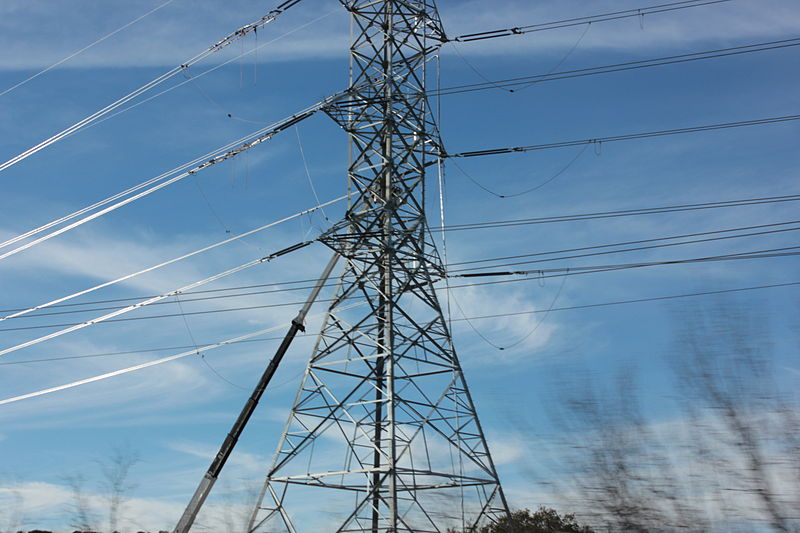
According to the U.S. Energy Information Administration (EIA), electricity consumption in the United States is set to reach unprecedented levels in both 2024 and 2025,
as outlined in its Short-Term Energy Outlook (STEO) released on Tuesday.
The EIA projects that power demand will surge to 4,112 billion kilowatt-hours (kWh) in 2024 and further to 4,123 billion kWh in 2025. This marks a significant increase from 3,994 billion kWh in 2023 and the previous record of 4,070 billion kWh set in 2022.
The rise in electricity usage is attributed to the increasing adoption of electric heating and transportation in homes and businesses, replacing traditional fossil fuels. The forecast indicates that in 2024, power sales will climb to 1,530 billion kWh for residential consumers, 1,396 billion kWh for commercial customers, and 1,035 billion kWh for industrial customers.
Comparatively, previous peaks were observed in 2022 with 1,509 billion kWh for residential consumers, 1,391 billion kWh for commercial customers, and 1,064 billion kWh in 2000 for industrial customers.
In terms of power generation, the EIA anticipates that natural gas will maintain its dominance, constituting 42% of generation in both 2023 and 2024 before slightly decreasing to 41% in 2025. Meanwhile, coal's share is expected to decline from 17% in 2023 to 15% in 2024 and further to 14% in 2025, with renewable energy sources witnessing a steady increase.
Renewable generation is projected to rise from 22% in 2023 to 24% in 2024 and 26% in 2025, while nuclear power's share will remain steady at 19% across the forecasted years.
The EIA forecasts that natural gas sales will see an increase to 12.94 billion cubic feet per day (bcfd) for residential consumers, 9.44 bcfd for commercial customers, and 36.07 bcfd for power generation in 2024, before declining to 23.13 bcfd for industrial customers. These figures represent fluctuations compared to historical highs observed in previous years for each consumer category.
Overall, the projections underscore a growing demand for electricity in the United States, driven by shifts towards cleaner energy sources and increasing reliance on electricity for various applications. Photo by John Cummings, Wikimedia commons.






































